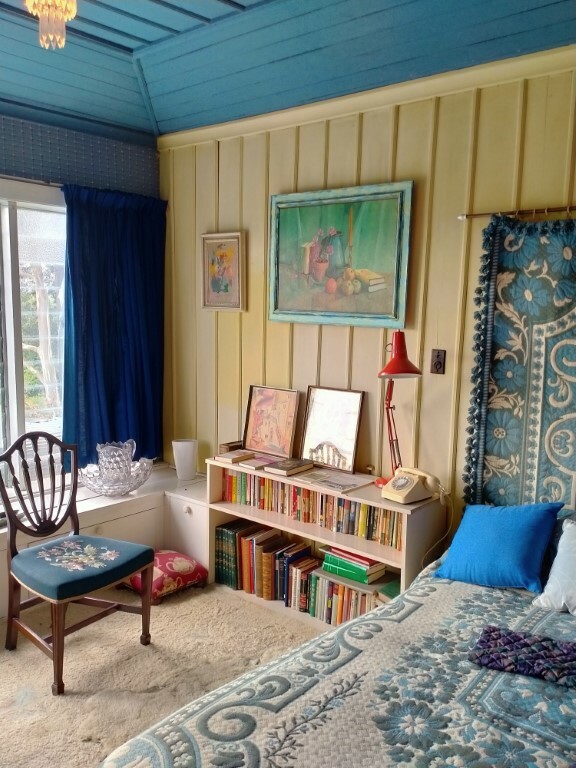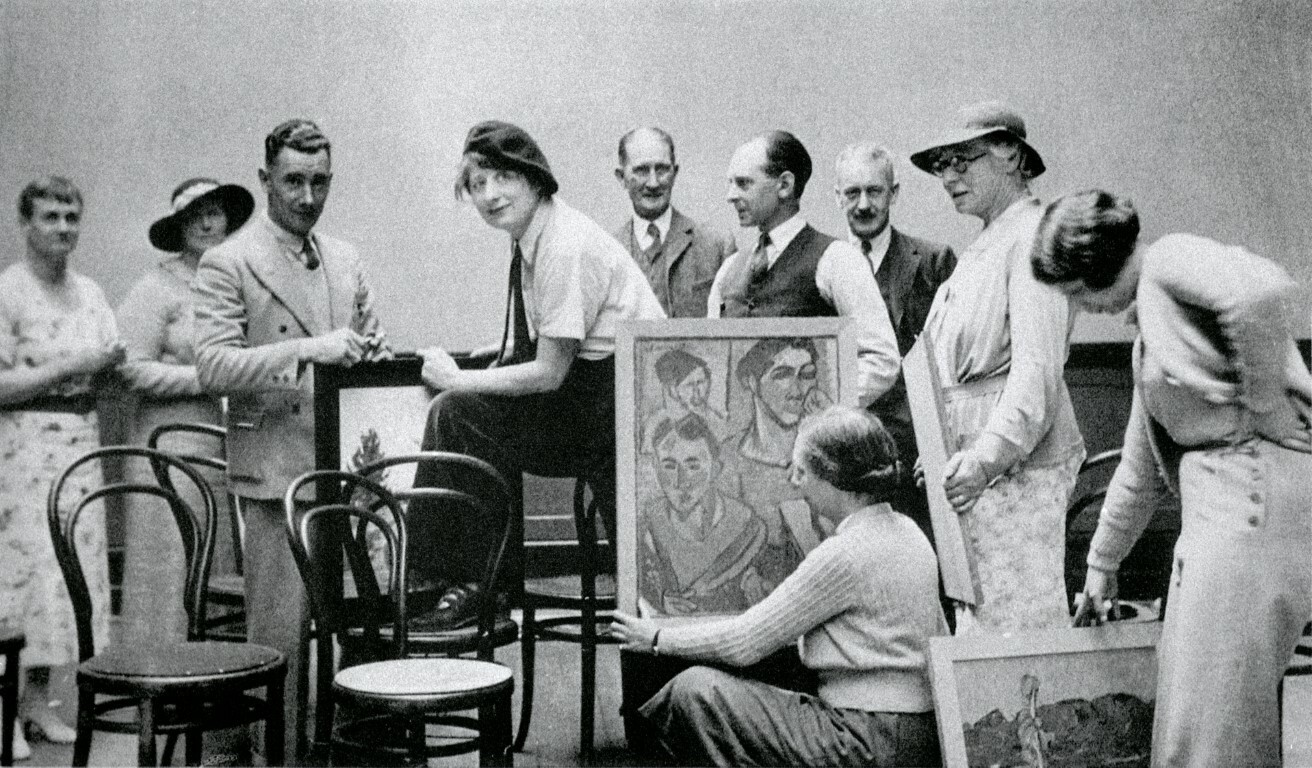Christchurch-born novelist Dame Edith Ngaio Marsh, DBE (1895–1982) was one of the original four “Queens of Crime” along with Agatha Christie (1890–1976), Margery Allingham (1904–1966) and Dorothy L Sayers (1893–1957).
Marsh received a Grand Master Award for lifetime achievement as a detective novelist in 1978 from the Mystery Writers of America and was also an honoured playwright, director and actor, receiving an OBE in 1948. Marsh became a Dame in 1966 for services to New Zealand theatre and University of Canterbury awarded her an Honorary Doctorate in Literature in 1962.

Marsh lived in Christchurch for a large portion of her life. Her house and garden in Cashmere are preserved in her memory as a small museum and historic home, which is open to the public by appointment.
Marsh’s illustrious career in theatre and crime fiction is well-known, but her work as a painter is perhaps not so well recognised.

Marsh attended Canterbury College School of Art. When she began her studies in 1913, she noted that the still-life room smelled of “stale vegetables”. She graduated in 1919 with plans of becoming a professional painter.
A visit from the Allan Wilkie Shakespeare Company to New Zealand was one of the greatest events of Marsh’s student days, and she and her fellow art students attended numerous performances. During this time Marsh wrote a play, which after encouragement from her mother, she showed to Allan Wilkie. This possibly set the course of Marsh’s life. To her surprise, she was invited to become an actress and tour with the Allan Wilkie Shakespeare Company.
This temporarily put paid to Marsh’s painting plans and projected her towards fame in New Zealand and overseas for her literary and theatrical achievements. But she continued to paint all her life. In her autobiography Black Beech and Honeydew, she said of her time as an art student: “[I]t never occurred to me that I would attempt to be anything else in life but a serious painter; there was no question of looking upon art as a sort of obsessive hobby – it was everything.”

Marsh was a founding member of The Group, a group of artists who painted and exhibited together in an inclusive and avant-garde fashion, to contrast the more restricted and conservative Canterbury Society of Arts. The Group, formed out of ex-students from of Canterbury College School of Art, included five women who shared a studio together on Cashel Street. These women – Marsh, Evelyn Polson (later Page), Viola Macmillan Brown, Margaret Anderson and Edith Wall – were joined by W H Montgomery and William S Baverstock and exhibited together as The Group for the first time in 1927.
Marsh went on sketching trips, which was typical for the time, with fellow art students including Olivia Spencer Bower and her good friend Evelyn Page. Christchurch Art Gallery Te Puna o Waiwhetū cares for a watercolour by Olivia Spencer Bower of Marsh completing a painting en plein air, standing brush to easel, a beautiful landscape in the distance. In Marsh’s home in Cashmere there is a small Olivia Spencer Bower painting, depicting a relaxed Marsh, who is sketching and looking into the distance, her head and large sunhat surrounded by a bright blue sky.

Canterbury Museum cares for Marsh’s paint box. It was given to Rowland Burdon by Marsh and records associated with the box note that when Burdon was at school, he remembers going to her house to collect it. Marsh was friends with his parents and they had shown her some of his paintings. The box contains well-used Windsor and Newton oil paints, originally used by Marsh, with a few tubes added in by Burdon over the years, but otherwise it is in original condition.
Ngaio Marsh used her knowledge of the artist and art world in her 1938 novel Artists in Crime. In her own words, she was a good enough painter “to keep me going on scholarships and to reach exhibition level, but it seems to me, now, that I never drew or painted in the way that was really my way; that somehow I failed to get on terms with myself. I may be quite wrong about this: perhaps I had no more in me than the works that emerged but there will always be a kind of doubt about this.”





